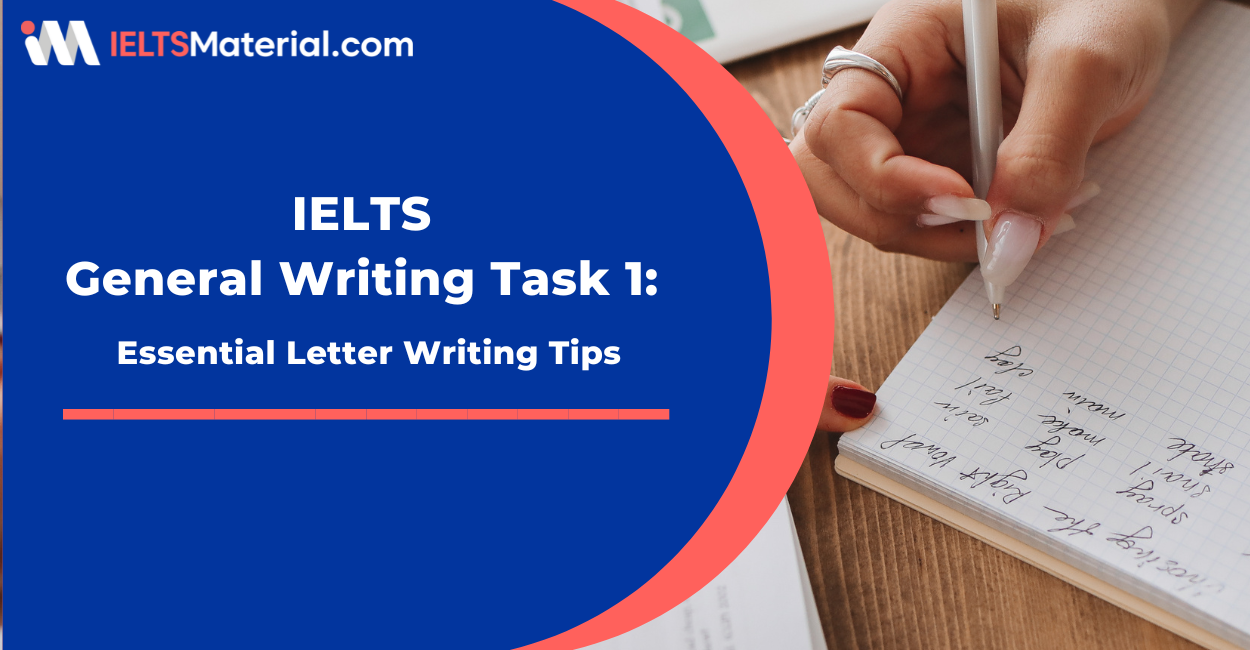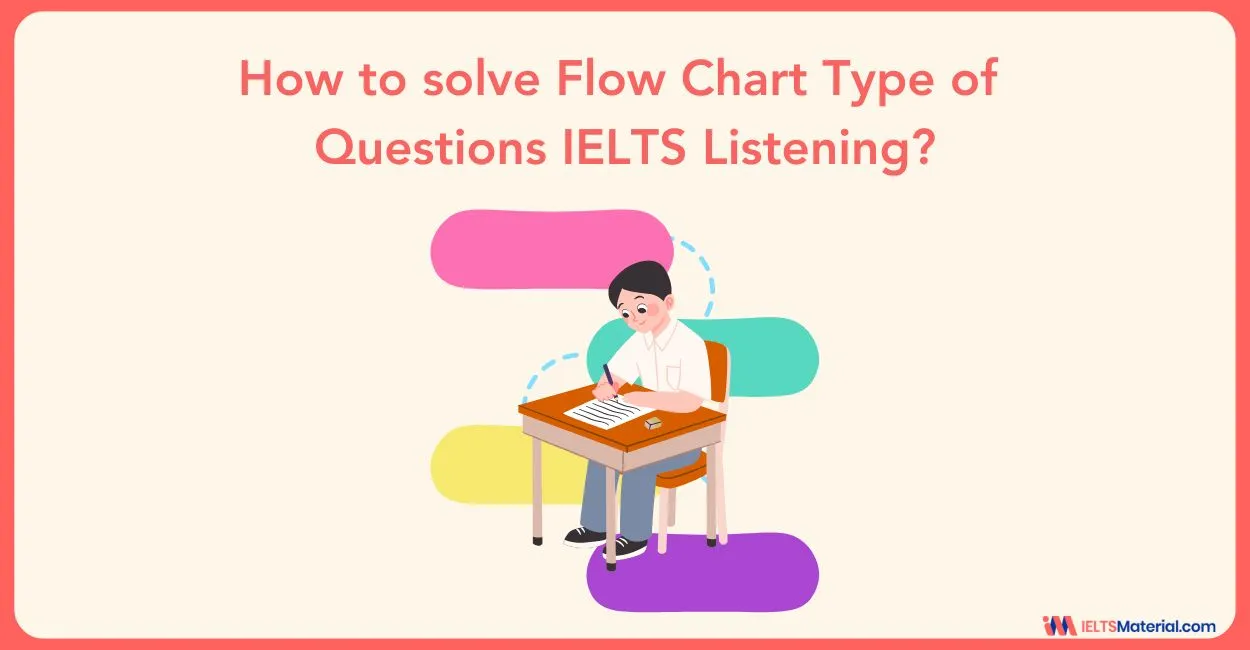IELTS General Writing Task 1: Essential Letter Writing Tips
4 min read
Updated On
-
Copy link
Table of Contents

Limited-Time Offer : Access a FREE 10-Day IELTS Study Plan!
In the IELTS General Writing Task 1, you will be required to write a letter in response to a given situation or problem. This task assesses your ability to communicate effectively through written English. Whether it’s a formal letter, a semi-formal, or an informal one, mastering the art of letter writing is crucial to achieving a high score in the IELTS exam.
In this blog, we will provide you with the top 10 letter writing tips specifically tailored for the IELTS General Writing Task 1. So, let’s dive in and enhance your letter-writing skills!
Essential Letter Writing Tips
1. Understand the Task Requirements
Before you start writing your letter, carefully read the instructions and identify the purpose of the letter. Determine whether it is a formal, semi-formal or informal letter and who the intended recipient is. This will help you set the appropriate tone and style for your writing.
2. Analyze the Prompt and Plan Your Letter
Take a few minutes to analyze the prompt and understand the main points you need to address in your letter. Plan the structure of your letter, including the introduction, body paragraphs, and conclusion. This will help you organize your thoughts and logically present your ideas.
3. Begin with a Correct Greeting
Start your letter with a proper greeting, based on the type of your letter.

In all 3 types of letters, including an appropriate salutation helps establish a positive tone, shows respect, and indicates an understanding of social norms and conventions.
While the salutation is just one aspect of letter writing, it contributes to the overall impression you create with your letter and can influence the reader’s perception of your communication skills.
4. Use the Appropriate Language and Tone
The IELTS General Writing Task 1 requires you to write 3 types of letters including a formal letter, a semi-formal letter, and an informal letter.

The 3 different types of Task 1 letters have different tones to have in mind while pinning them down. Therefore, it is crucial to use the appropriate language and maintain an apt tone throughout your letter.
5. Clearly State the Purpose of Your Letter
In the opening paragraph, clearly state the purpose of your letter. This will help the reader understand the context and focus of your message. Be concise and avoid unnecessary details or background information.
6. Develop Coherent Paragraphs
Ensure that each paragraph in your letter has a clear focus and develops a specific idea or topic. Use topic sentences to introduce each paragraph and provide supporting details or examples to strengthen your arguments. This will make your letter more coherent and organized.
7. Include Relevant Details and Examples
To make your letter more persuasive and informative, include relevant details and examples to support your statements. This could be in the form of facts, personal experiences, or futuristic scenarios.
However, be mindful of the word count to keep it between 150 to 180 words and avoid excessive elaboration.
8. Use Appropriate Vocabulary and Grammar
Demonstrate your language proficiency by using a wide range of vocabulary and grammatical structures. Incorporate formal phrases and expressions to convey your ideas effectively. Pay attention to verb tenses, subject-verb agreement, and sentence structure to ensure clarity and accuracy.
9. Maintain a Balanced Tone
While expressing your opinions or addressing an issue, it is important to maintain a balanced and objective tone. Provide both sides of an argument, if applicable, and present your ideas fairly and reasonably. This will showcase your ability to critically analyze a situation.
10. Conclude with an Appropriate Closing
In the closing paragraph, summarize the main points of your letter and conclude with a polite closing statement.

Use appropriate sign-offs on your letters depending on the salutation used.
Bonus tip: Try reading band 8 and band 9 letter samples as much as you can, to gain proper knowledge of letter writing, beforehand.
Mastering the art of letter writing for the IELTS General Writing Task 1 is crucial for achieving a high score and effectively conveying your ideas. By following these top 10 letter-writing tips, you will be well-equipped to tackle any letter prompt that comes your way.
Remember to showcase your language proficiency by using appropriate vocabulary and grammar. Maintain a balanced tone, providing both sides of an argument if applicable, and conclude with a polite closing statement.
By implementing these letter-writing tips, you will enhance your ability to communicate effectively, organize your thoughts, and present your ideas coherently. Practice these strategies regularly, and you will soon become confident in your letter-writing skills for the IELTS General Writing Task 1!
Explore IELTS related articles

Start Preparing for IELTS: Get Your 10-Day Study Plan Today!
Recent Articles

Nehasri Ravishenbagam

Nehasri Ravishenbagam

Haniya Yashfeen





Post your Comments